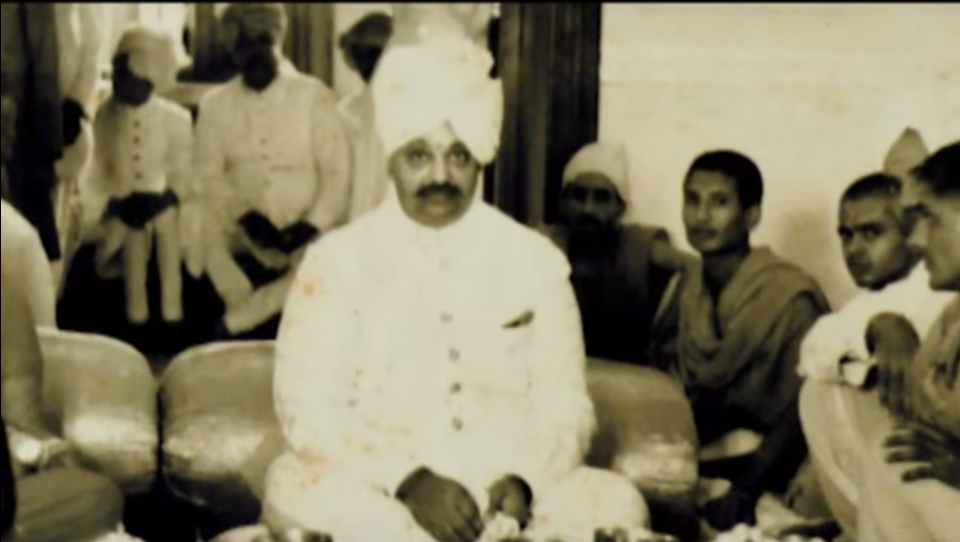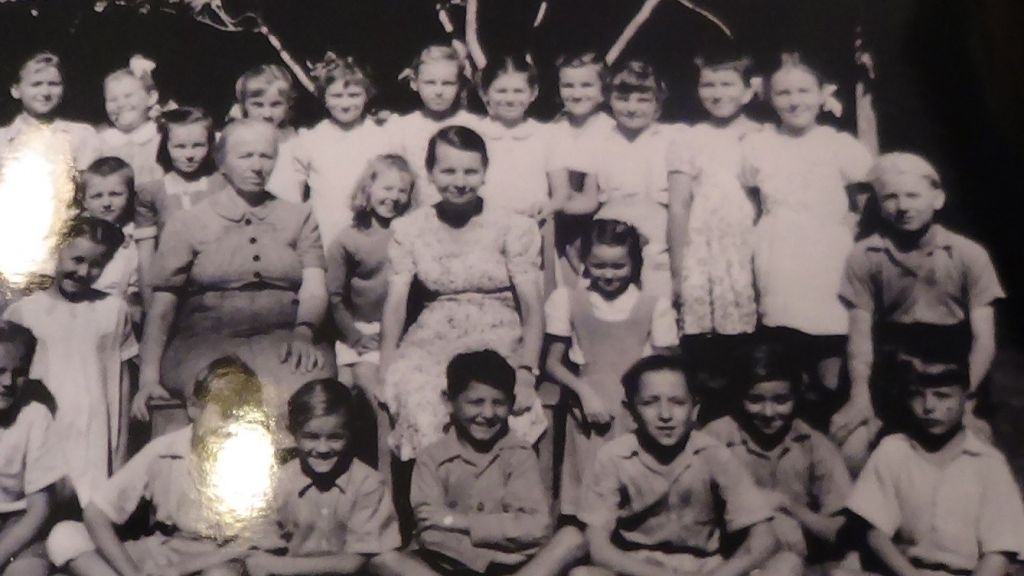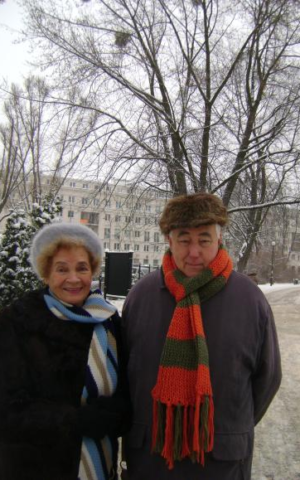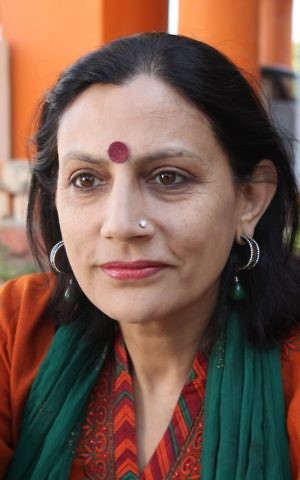THE TALE OF A KINDHEARTED MAHARAJA WHO AGREED TO ACCEPT ORPHANED POLES

NEW YORK — The elegant ballroom of the Indian consulate general in New York has been the venue for many cultural and other events attended by Indian and American audiences. But on June 29 a special event brought two communities, Indians and Jews, together to witness a hitherto unknown chapter of history, captured in a documentary film called “Little Poland in India.”
The docufilm, which had a special screening in New York with the support of the Indian consulate general and the American Jewish Committee, looks back to the dark chapter of history during World War II when Hitler’s deadly war machinery rolled over Europe, spreading terror and destruction on the continent.
Orphaned Polish children — Jews and Catholics alike — faced an uncertain future, but in the midst of the gloom a ray of hope appeared when a kindhearted Maharaja (member of Indian nobility) in a princely state in Gujarat agreed to accept the Polish children and look after them.

As the horrors of the Holocaust and WWII unfolded in Europe, General Władysław Sikorski — the first prime minister of the Polish Government in Exile and Commander in Chief of the Polish armed forces — wrote to British prime minister Winston Churchill to plead for the safety and protection of the starving young children, the “treasure of Poland,” as he called them.
Though India was in the midst of an independence struggle against colonial British rule and faced a famine, the “Jam Sahib” (a nickname stemming from the words for “king” and “owner”), as Maharaja Digvijaysinhji Ranjitsinhji Jadeja of Nawanagar was affectionately called, stepped in to help in the dire situation.
The Polish consulate in Bombay at the time had launched a drive to raise awareness in India about Jewish refugees, and had been arranging for their travel to India during the Holocaust.
A group of about 1,000 Polish children departed for India in 1942 from Siberia, where, lost and orphaned in the midst of death and destruction caused by WWII, they had been shifted after the 1939 Soviet invasion of Poland. The children were welcomed by their benefactor, the Jam Sahib, but only after a tortuous journey.
Maharaja Digvijaysinhji Ranjitsinhji Jadeja, also known as ‘Jam Sahib,’ who helped house about 1,000 Polish children — both Christians and Jews — during World War II. (‘Little Poland in India’)
The ships carrying Polish refugees from the former Soviet Union, including a large number of children aged two through 17, were denied entry when they called on ports while sailing through Iran to Bombay (Mumbai), then under British colonial rule. When the Maharaja, who was a member of the Imperial War Council, was made aware of the plight of the children in the gulags, he became concerned and established a camp in Balachadi, about 25 km (15 miles) from the capital city Jamnagar, for the Polish arrivals.
The camp existed until early 1946; subsequently, the children were transferred to the Valivade camp in Kolhapur.
“Little Poland in India” is the product of a joint Indo-Polish collaboration, and is the first documentary film based on the lives of WWII survivors who were given protection in India by the Jam Sahib. The film was jointly produced by Doordashan (India’s state TV channel), the Government of Gujarat and the National Audio-Visual Institute and Polish TV

A photo of Polish children in the Little Poland in India camp. (‘Little Poland in India’)
While the Red Cross, the Polish Army in exile and the colonial administration jointly helped set up the camps, it was the Maharaja who played the crucial role in the children’s welfare.
Professor Piotr Klodkowski, a former Polish ambassador to India, has gone on record as saying, “A fairly large school was established for the children at Balachadi, and the Maharaja is well remembered.”
You may not have your parents, but I am your father now’
Indeed, according to Polish sources, the Maharaja told the children, “You may not have your parents, but I am your father now.” The children, in turn, called him “our Bapu” (“father”).
Poland has shown its gratitude to the Maharaja in various forms. Warsaw has a “Good Maharaja Square” named after the Maharaja. Poland also named a school after the Maharaja, who was passionate about children’s education. The Maharajah was awarded the President’s Medal, Poland’s highest honor; filmmaker Radha was conferred Poland’s Bene Merito award.
At the consulate’s film screening, some of the Jewish guests were privately discussing that Israel could posthumously honor the Maharaja as it had done with Oskar Schindler, the German industrialist who had helped save the lives of some 1,200 Jews in Nazi Germany.
Jadwiga Tomaszek and Jerzy Tomaszek met in the Maharaja’s camp in India during World War II and got married years later in their 70s. (‘Little Poland in India’)
The Maharaja’s help is all the more noteworthy considering that while the world was at war, India was fighting its own battle — a non-violent battle for self-determination and independence from British colonialism, even as a severe famine and drought ravaged India at the time.
“Little Poland in India” appeals to the heart and head. In an interview in New York, Radha explained how she became interested in the subject for her film.
“I was having a conversation a few years back with then-Indian ambassador to Poland, Monika Kapil Mohta, who asked me, ‘Why don’t you do this interesting story about an Indian Maharaja protecting Polish children?’” said Radha.
Seized by the idea, Radha began researching the subject.
“Having worked with cable television earlier, I had learned the ropes of the trade. The idea of making a film about Polish refugee children in India had set me thinking… cinema is my obsession, my passion. Being a screen writer is an added advantage because it enhances the creative power for the film,” she said.
But she acknowledged the help she received from the Polish embassy in New Delhi, which helped her get a hold of a book called “Poles in India: 1942-1948.” The book turned out to be a treasure trove of information about how the Poles exiled in Siberia made their way to safety and protection in India.
And she is “ever grateful” for the active support she received from “Jam Sahib’s” family.
“The doors to the palace were opened by Jam Sahib’s son… this was a rare opportunity which has never been granted to an outsider before,” she noted.
Radha reveals that she is making a commercial film about the second camp in Valivade in the state of Maharashtra.
“There were Polish refugee children in Valivade from 1943 to 1948. They moved away thereafter with the help of the International Red Cross and the Polish Red Cross which could successfully locate their relatives across the world, including in Poland. Depending on where they had relatives, some of the children left for the UK, others returned to Poland,” she explained.Those who returned to Poland even formed an association called “Poles in India.” Both the Jews and Catholics, housed in the camps, became very attached to India, and often reminisce in their sunset years in other countries about that crucial phase of their lives there.



No comments:
Post a Comment